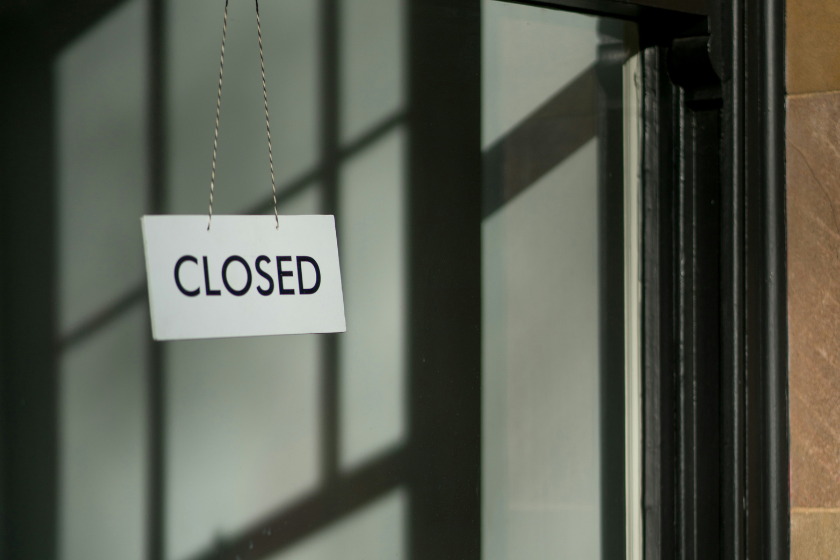How to protect clients amid increasing HMRC enquiry activity
With enquiry activity increasing as HMRC pursues a £42 billion tax gap, and the department’s enquiry tactics...
READ MORE
Insolvencies during Q4 2022 and Q1 2023 were the highest in 13 years, since the effects of the global financial crisis.

In the first quarter of 2023 there were 5,747 registered company insolvencies in the UK, the Government’s Insolvency Service reports. This represented an 18% increase compared to the first quarter of 2022.
James Corfield, Director at Griffin & King, says the upwards trend in insolvencies is related to the after-effects of the COVID period, including financial hangovers and changes in consumer spending.
Causes, Corfield explains, include:
These issues have combined to create the perfect storm, battering businesses that were already struggling to navigate their way out of the tempest whipped up by COVID.
Between April 2022 and March 2023, 50 per 10,000 companies entered insolvent liquidation, government figures say. That’s up from 39 per 10,000 companies in the previous period.
“I feel that inflation and supply chain issues have had a significant impact,” Corfield says.
And, in terms of timing, the “COVID hangover of zombie businesses getting funding that otherwise wouldn’t have been available kept them afloat for longer,” he says.
Official figures support this opinion, with total company insolvencies, creditors’ voluntary liquidations and compulsory liquidations in England and Wales taking a steep dive around the time of the first COVID lockdown before rebounding.
Those figures also show pain throughout the UK – at varying levels. Insolvencies in England and Wales are up 18% for Q1, year-on-year, while Northern Ireland insolvencies have risen 30% and Scotland’s endured a 40% surge.
With the changes in consumer spending as households feel the pinch from increased cost of everything, retailers have been having a tough time.
Big names recently entering administration or insolvency include Wilko, The Body Shop, Lloyds Pharmacy, Le Pain Quotidien, Tea 2, Paperchase and FarFetch.
The graph below tracks the number of businesses that failed each year since 2007, as well as how many stores closed as a result, and how many staff were affected by the failures. Select each from the dropdown menu for a closer look. The 2023 stats, which feature increased business failures alongside lower numbers of store closures and fewer staff affected, may reflect the shift towards digital-first or digital-only retail.
And although it is not illustrated on the graph below, 2024 is already looking like continuing the poor trends with 10 business failures, 260 store closures and 9,931 staff affected up to 22 February.
The fact that insolvency is affecting a greater number of businesses doesn’t make it any more palatable, Corfield says. It is a harrowing experience for the business owner no matter how, when or why it occurs.
“Insolvency is always traumatic for a client whatever the environment. Nobody gets into business to fail,” he says.
Offering empathetic, future-focused assistance can help.
“Clients generally see insolvency as a means to an end and a way to cut themselves loose from issues weighing them down and causing significant mental health issues,” Corfield says.